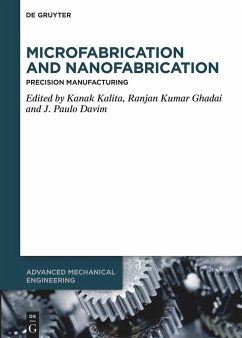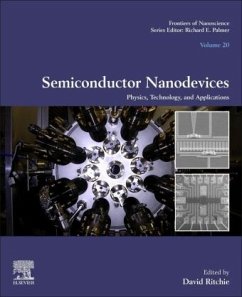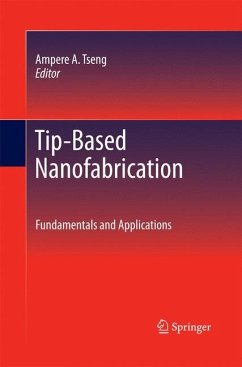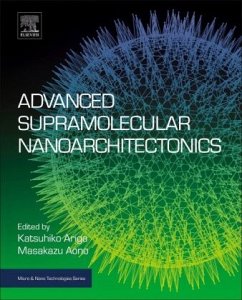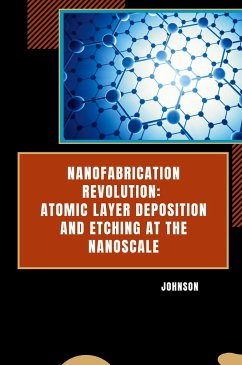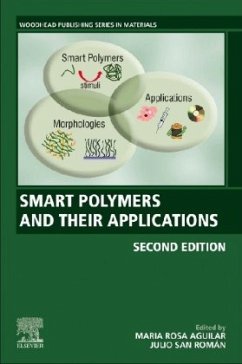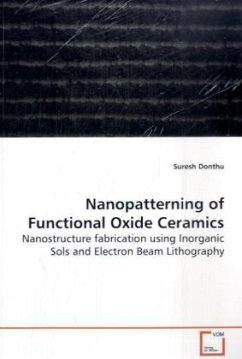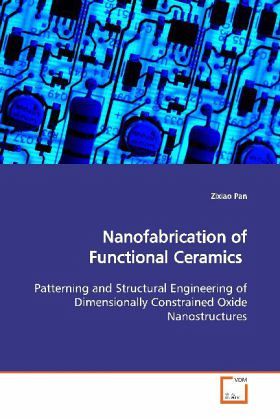
Nanofabrication of Functional Ceramics
Patterning and Structural Engineering of Dimensionally Constrained Oxide Nanostructures
Versandkostenfrei!
Versandfertig in 6-10 Tagen
39,99 €
inkl. MwSt.

PAYBACK Punkte
20 °P sammeln!
The current trend of ceramic nanotechnology hasmotivated an ever-increasing need to achieveexquisite control over size, shape, and dimensionalconfinement of functional oxide architectures, in anequivalent manner realized for semiconductors.However, the unique nature of ceramics poses majorchallenges for most traditional nanofabricationtechnologies, putting the development of innovativeoxide nanopatterning schemes under the spotlight.This book discusses major challenges for ceramicnanofabrication and reviews patterning methods thatare suitable for this unique materials family. Stressis laid upo...
The current trend of ceramic nanotechnology has
motivated an ever-increasing need to achieve
exquisite control over size, shape, and dimensional
confinement of functional oxide architectures, in an
equivalent manner realized for semiconductors.
However, the unique nature of ceramics poses major
challenges for most traditional nanofabrication
technologies, putting the development of innovative
oxide nanopatterning schemes under the spotlight.
This book discusses major challenges for ceramic
nanofabrication and reviews patterning methods that
are suitable for this unique materials family. Stress
is laid upon the variable pressure soft-electron beam
lithography (VP-soft-eBL). Examples of ceramic
nanopatterns prepared using VP-sof-eBL are presented,
along with the strategy employed to control their
microstructure and morphology. The reported work of
building and tailoring constrained ceramic
nanostructures lays the groundwork for in-depth
exploration in the rich phenomena related to
spatial/dimensional confinement. This study should be
useful to professionals or any reader interested in
ceramic nanotechnology, nanopatterning and
general materials science fields.
motivated an ever-increasing need to achieve
exquisite control over size, shape, and dimensional
confinement of functional oxide architectures, in an
equivalent manner realized for semiconductors.
However, the unique nature of ceramics poses major
challenges for most traditional nanofabrication
technologies, putting the development of innovative
oxide nanopatterning schemes under the spotlight.
This book discusses major challenges for ceramic
nanofabrication and reviews patterning methods that
are suitable for this unique materials family. Stress
is laid upon the variable pressure soft-electron beam
lithography (VP-soft-eBL). Examples of ceramic
nanopatterns prepared using VP-sof-eBL are presented,
along with the strategy employed to control their
microstructure and morphology. The reported work of
building and tailoring constrained ceramic
nanostructures lays the groundwork for in-depth
exploration in the rich phenomena related to
spatial/dimensional confinement. This study should be
useful to professionals or any reader interested in
ceramic nanotechnology, nanopatterning and
general materials science fields.




